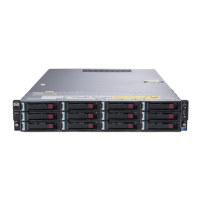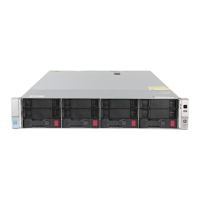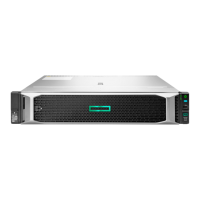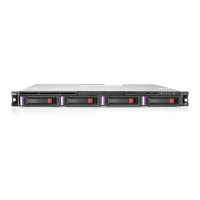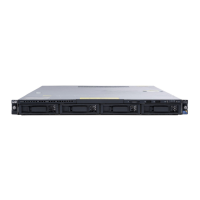Architecture of an installation 11
Miniroot
A Solaris miniroot is a compressed disk image of a Unix File System (UFS) root file system that is
similar to a Linux initrd file. A miniroot is a small but functional Solaris system that contains a 32-bit
kernel, device drivers, the Solaris installation program, and various tools and utilities.
GRUB loads the miniroot into memory, along with the Solaris multiboot program. GRUB passes
control to the multiboot program, which loads and executes the Solaris kernel from the in-memory
miniroot, passing along various options and parameters from GRUB. The multiboot program and
miniroot can be loaded through most media that GRUB supports, such as a local media or storage
device (through BIOS calls) and PXE/TFTP.
A Solaris miniroot also assists with recovery from various errors or failures because it contains a
comprehensive set of tools and utilities. Other important components of the miniroot include:
• Drivers—The miniroot must contain all device drivers that are required for installation, or those
drivers must be loaded before installation begins. For ProLiant servers, these drivers usually
include the Smart Array driver and network drivers for network-based deployments. For more
information about installing additional drivers into the miniroot, see “Miniroot preparation.”
• Installer—The miniroot contains the Solaris installer, which orchestrates the actual installation of
Solaris onto the target disks. Boot parameters can be used to provide the installer with
deployment configuration information. For more information, see “GRUB preparation.”
Configuration information
The configuration information necessary to complete an installation includes target disk, partition, file
system layout, packages to be installed, network configuration, root password, and so on.
This information can be supplied interactively by the Administrator at the time of installation or
automatically through NFS using a JumpStart profile and the sysidcfg(4) file.
Packages
Packages on the Solaris media contain the software, documentation, and other data that comprise the
Solaris operating environment. Some or all of these packages are loaded onto the system by the
installer according to the selected configuration.
These packages can be loaded from various storage media (CD, DVD, and hard disk) or through the
network (NFS and iLO virtual media).
Packages and other system configuration information can also be delivered in a flash archive. Flash
archives can be loaded through FTP and HTTP, in addition to the methods previously listed.
Network deployment infrastructure
Solaris network-based deployments require several services to boot the target servers, deliver
configuration information, and provide the Solaris software. The following sections briefly introduce
the required services and the role of each.
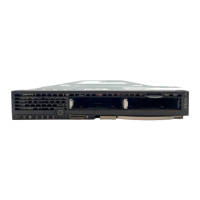
